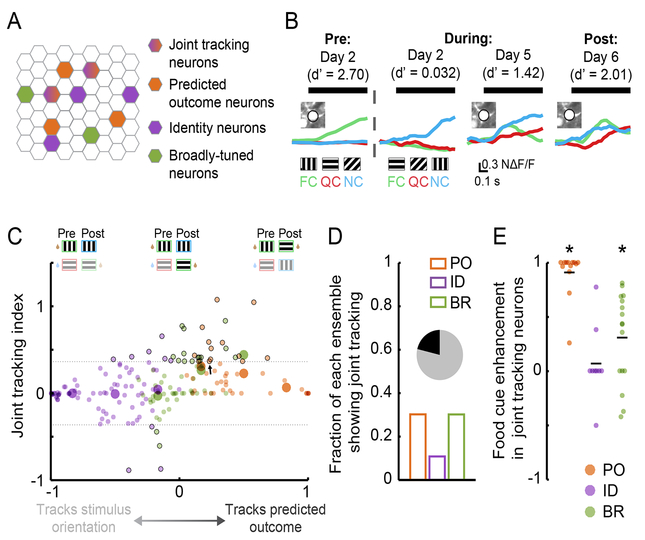Figure 6. Joint tracking of stimulus identity and predicted outcome in single neurons.
A. Schematic demonstrating the possible existence of neurons that partially track both stimulus identity and predicted outcome.
B. An example neuron that demonstrates joint tracking. This neuron initially responded to the orientation associated with the food cue (FC). Following new learning, it continued to respond to this orientation but now also responded to the new FC. QC: quinine cue; NC: neutral cue.
C. Joint tracking index across neurons, ordered from those that precisely tracked the same stimulus orientation (left end of x-axis) to those that precisely tracked whichever stimulus predicted the same outcome (right end of x-axis). A minority of neurons showed significant joint tracking of both stimulus identity and predicted outcome (dashed lines: 95% confidence intervals). Black outlines denote neurons with significant joint tracking. Arrow: example neuron from B.
D. Fraction of neurons in each category showing significant joint tracking. 38/179 showed significant joint tracking (inset).
E. Joint tracking neurons from the PO category showed a response enhancement to the food cue, while those from the ID category did not.

